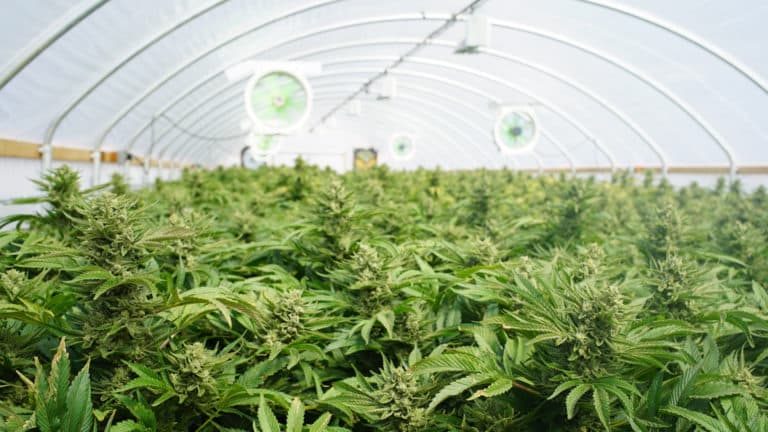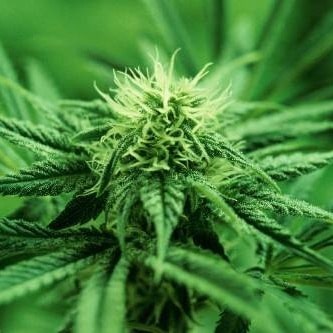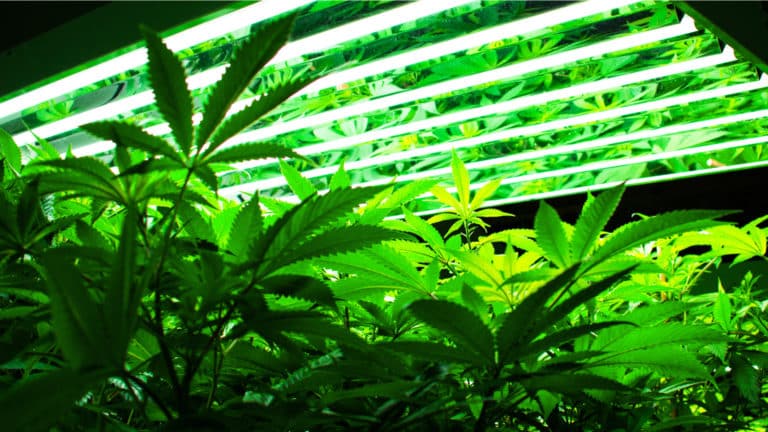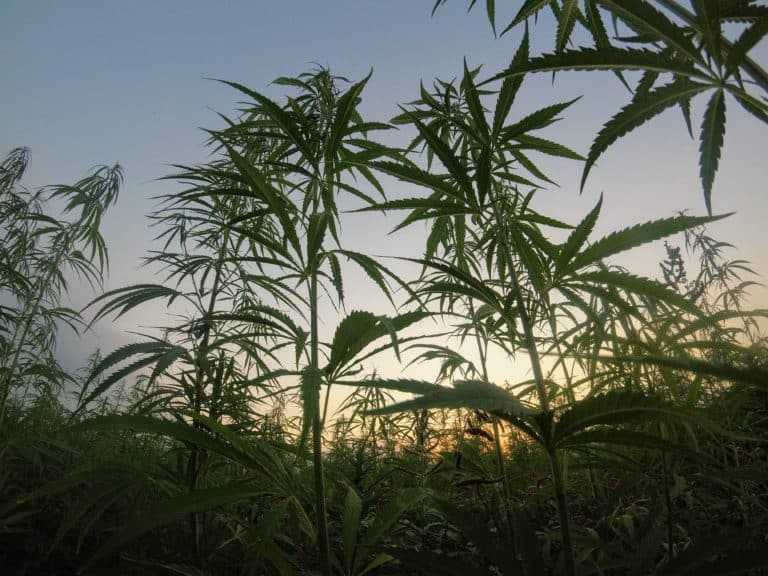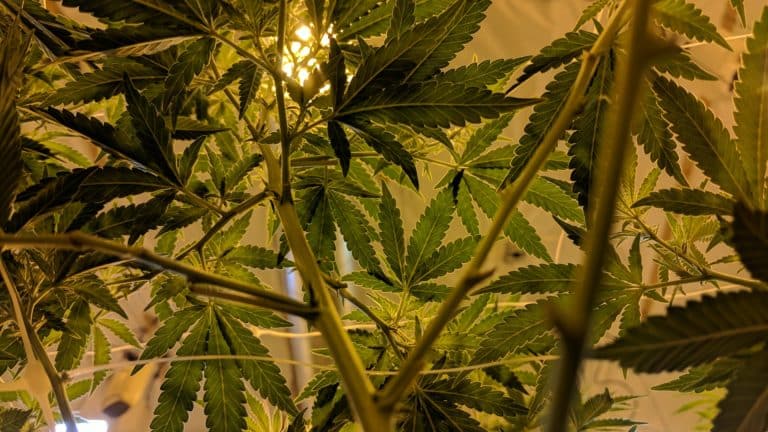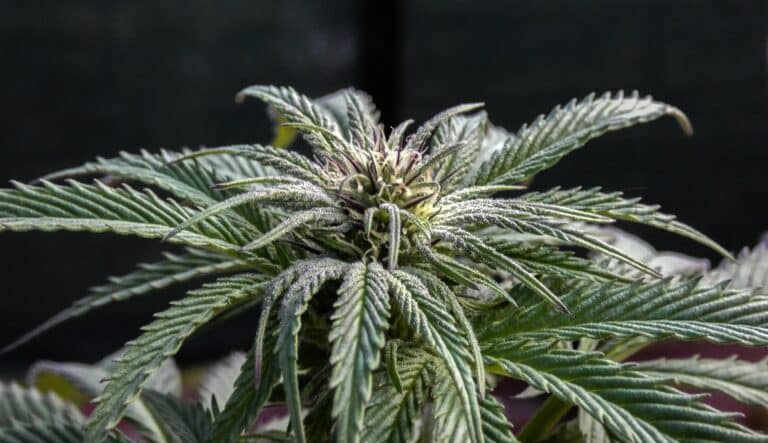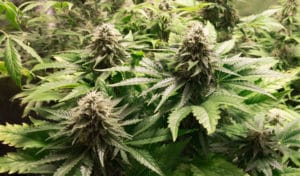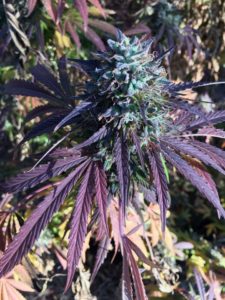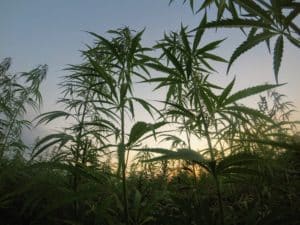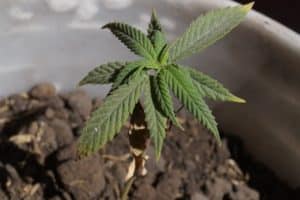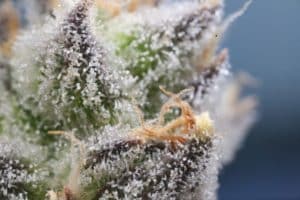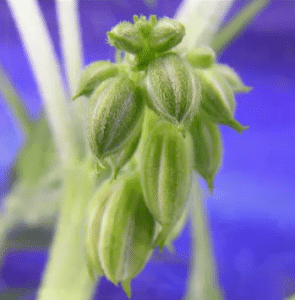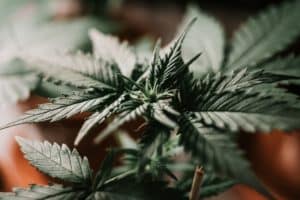By Cynthia Salarizadeh
The long-anticipated legalization of cannabis in California will produce many benefits in the judicial, social, economic and legal sectors, but its greatest – and least acknowledged – benefit will be in water conservation and environmental protection.
That’s because illegal cannabis grow sites have endangered sensitive watersheds, diverted entire streams and hurt the habitats of endangered species on both federal and state land.
To exacerbate the problem, current federal policies have complicated the ability of cannabusiness owners to obtain legal water. As a result, many illegal grow sites have proliferated and operate without being detected simply because of the huge area of land involved.
California has a land area of almost 156,000 square miles and the federal government owns roughly 45% of the state. This means the federal government is responsible for monitoring an area of 70,200 square miles of land.
While the damage caused by outdoor illegal cannabis operations is extensive, proponents of legalization say the problem can be mitigated if these operations abandon their illegal sites and begin to follow established water conservation and environmental standards.
But this may take some time. According to James Kelly, president of Cultivated Power, “many of the current growers will not be prepared to comply with expected regulations as to land and water usage as well as the restrictions as to sales and distribution. They will have to operate on land legally obtained and respect the watersheds in their area as well as the use of water.”
“The arcane complexity of Western Water Rights may also mean that even though they have water passing through or next to their property – they may not own the Rights to that water. They will also be competing against controlled indoor or greenhouse facilities which may utilize methodologies requiring 20% or less water than outdoor cultivation sites.”
“This may lead regulators to enact restrictions as to outdoor grows. California Proposition 64 both funds and empowers the Department of Fish and Wildlife and the State Water Resources Council to enforce regulations on water usage and watershed control.”
To do this, policy makers will have to bridge the gap between drug policy, land development and water supply resources.
The Historical Context
California has been the site of informal cannabis cultivation since the 1960s. As outdoor California-grown cannabis improved, with some THC levels as high as 20%, prices rose to reflect quality. This created the need to grow more plants without the increasingly severe penalties for being arrested, including the confiscation of private lands where illegal cannabis was being grown.
As a result, illegal operations turned to using public lands that afforded rent-free property, more privacy and eliminated the possibility of land confiscation if the farms were discovered. These illegal operations on public lands also made it more difficult to prove who owned the plants. Officials estimate that 70% of marijuana plants seized by law enforcement are illegally grown on public lands.
Still, in 2015, California authorities conducted one of their first raids on private lands and seized 86,578 plants in an area known as the Emerald Triangle, an area in northern California surrounded by the Eel River and its tributaries.
This area in Mendocino County, known for producing top-quality product, has been cited in a number of studies as being the site of illegal operations that have produced cannabis valued at between $1.5 billion to $10 billion. This compares to the cash value of grapes in 2006 at $75 million, according to a paper by attorney Dana Kelly of Krueger Family Law in Palo Alto, California.
On the legislative side, the Compassionate Care Act (Proposition 215) passed in 1995, allowed the cultivation of medical cannabis. Commercial nurseries then began to supply more sophisticated outdoor growing technologies ranging from drip irrigation systems to hybridization and more potent fertilizers. But despite these advances, there were still illegal growing operations, many of them on federal and state-owned land.
The problem with the negative impact of illegal cannabis cultivation is causing in California stems from the following:
–Significant demand for cannabis from the black and gray markets is driving the operations of more illegal farms. In 2006, 346 illegal sites were cleared by the California Forest Service, according to the paper, The Marijuana national Forest.
While more recent numbers are difficult to find, in Humboldt County alone, local law enforcement last year, made one raid seized 23,000 plants, worth over $26 million, or more than two tons of processed cannabis.
–The state’s largely Mediterranean climate and loamy organic soils, accompanied by limited surface water resources that can be accessed during the growing season (commonly April through October) make it ideal for cannabis.
Another positive for this crop is that cannabis has a fast growing cycle: its life cycle is only three to five months and the plant germinates in only three days, according to a paper, “Marijuana National Forest,” by Mark Mallory.
–The fact that cannabis requires a significant amount of water, but estimates on exactly how much water the plants need vary widely. One study said cannabis consumes up to 22.7 liters of water per day, while wine grapes, also grown throughout much of Northwestern California, uses approximately three gallons of water (12.64 liters) per day.
Another study said stream diversions in Northern California’s main cannabis growing area noted that plants use six-gallons per plant, per day, while “other unattributed estimates in media and reports also point to a range of 2-10 gallons per day, per plant, depending on variables such as climate, indoor/outdoor growing environments, soil media, and variety (strain).”
A more specific study of water in a 2010 the Humboldt County Outdoor Medical Cannabis Ordinance draft found that marijuana plants use an average of 22.7 liters per plant per day during the growing season, which typically extends from June-October (150 days). To complicate matters, the cannabis outdoor growing season coincides with the low precipitation period in growing areas. This creates the need to obtain more water, often from illegal sources.
But the amount of water cannabis consumes is still contested and more research and data will provide a better account of usage. According to Hezekiah Allen, executive director of the California Growers Association (CGA), a trade group for local cannabis farmers, the 2010 estimate that cannabis needs six gallons of water a day per plant was based on limited information.
This six gallon per plant per day amount is twice as much water as the wine grapes use and almost as much as almonds, a crop that’s been blamed as a major cause of California’s drought. Today, Allen says the CGA uses an estimate of about two gallons of water per day per plant, which is about the same amount of water a flush toilet uses.
The threat of having an in-demand cash crop that requires large amounts of water in some farms that are illegal creates a combination that results in large negative environmental impact on areas under production. In some areas, such as the Emerald Triangle “the watershed is on the verge of collapse,” according to Kelly of Cultivated Power. His recommendation is to use treated ground water, “especially groundwater not well suited for other uses.”
Another issue is the complex legal and regulatory dilemma between federal, state and local water policies. Even when the farms are operating in states where cannabis is legal, the farms are in the complex world governed by the prohibition of water passing through federal facilities used for growing a product that is in violation of the Controlled Substances Act.
Since cannabis is a Schedule I substance, commercial cannabis cultivations, processing facilities, or dispensaries must obtain water from non-federal sources. “This includes privately held water rights or ditch companies. Local water utilities are able to provide water to cannabusinesses, but only if the water is from a non-federal source, such as a utility-owned water right or well,” according to one paper.
Illegal cannabis farms run afoul of federal and state laws enforced by such agencies as the U.S. Forest Service, Bureau of Land Management, National Park Service, the Fish and Wildlife Service, Bureau of Indian Affairs, Bureau of Reclamation, California Fish and Game Code and Water Code and the federal Clean Water Act and Endangered Species Act.
Some studies also have found that illegal cannabis farms have diverted and drained entire streams and watersheds, including water demands that exceed the available water resources.
The U.S. Bureau of Reclamation (Department of the Interior) has taken an especially hard line. It has stated that “its water-related contracts [will operate] in a manner that is consistent with the Controlled Substances Act of 1970, as amended. This includes locations where state law has decriminalized or authorized the cultivation of marijuana. Reclamation will refer any inconsistent uses of federal resources of which it becomes aware to the Department of Justice and coordinate with the proper enforcement authorities”.
While these binding regulations can get arcane, the upshot is that “Federal jurisdictions will currently refer the use of Federal water to local jurisdictions for enforcement. In a situation where the Federal Government respects States’ Rights, this may have little consequence.
However, under a different administration, the Federal Government could easily enforce Federal water usage while still claiming to respect States’ Rights,” according to Kelly of Cultivated Power.
“The upshot would be that growers would either have to continue or else initiate the illegal use of water or move away from watershed water and use aquifer-based water, which involves the use of energy to obtain and clean up for use. Here the use of thermal distillation technology, such as offered by Cultivated Power, would allow the use of ground water with high levels of TDS or brine levels that would render it unusable with traditional treatments.”
The Impact of Bad Water
One study in 2015 of four California watersheds (Upper Redwood Creek, Salmon Creek, and Redwood Creek South, located in Humboldt County; and Outlet Creek, located in Mendocino County) found that “the most impacted study watersheds, diminished streamflow is likely to have lethal or sub-lethal effects on state-and federally-listed salmon and steelhead trout and to cause further decline of sensitive amphibian species.”1
This same study found that the damage has been extensive. It said: “These impacts include loss and fragmentation of sensitive habitats via illegal land clearing and logging; grading and burying of streams; delivery of sediment, nutrients, petroleum products, and pesticides into streams; surface water diversions for irrigation resulting in reduced flows and completely dewatered streams; and mortality of terrestrial wildlife by rodenticide ingestion.”
California Takes the Initiative
But California has taken the initiative to correct this ongoing problem. Beginning in February 2016, cannabis farmers cultivating 2,000 square feet or more had to enroll in a program run by the North Coast Regional Water Quality Control Board (which includes Humboldt County) that mandates that farmers have proper water diversion permits and address issues, such as erosion control, irrigation runoff, off-season water storage and maintaining the environment. Violations will result in fees based on the severity of environmental damage caused by each farm.
To give these environmental efforts more teeth, growers will have to comply in order to get their business licenses from the state’s new Bureau of Medical Marijuana Regulation. This means farmers must meet all existing laws and regulations, including the water Board’s new program, as well as new laws covering pesticide use. The new standard will promote organic standards and establish the Board’s pilot watershed, water-use and quality regulations.
As summarized by attorney Dana Kelly, “The commercialization of marijuana would fit comfortably within California’s existing statutory scheme for the use of water. Marijuana farmers would be just as entitled to obtain water rights as grape farmers; indeed, the profitability of marijuana may even encourage many farmers to switch over.”
What Other States Are Doing
California’s efforts to work with cannabis growers to address the state’s limited access to water have been mirrored by successful efforts in other states, such as Colorado and Washington.
In Colorado, one academic paper, “Weed and Water Law: Regulating Legal Marijuana,” Ryan Stoa said there will be continued problems between states and the federal government over water policies related to cannabis.
For example, the Justice Department has one set of policies towards cannabis regulation, while the federal Bureau of Reclamation has a policy that bans access to water for cannabis cultivation. Added to this, individual states can form their own policies.
In Pueblo County, Colorado, this same paper found that the federal Bureau of Reclamation provides water policies, but local regulators “are similarly confused” as to how they should be interpreted. As an example, the paper said one water district allowed water to be used for cultivation, while a second in the same region cut off water access.
In Washington, the state had to balance the new needs of cannabis farms against the existing rights of other growers and farmers.
So where is all of this headed? In 2016, the publication Water Deeply said “as many as 50,000 marijuana growers in California could be required to obtain state permits for the irrigation water they consume” from the State Water Resources Control Board. The publication said this was “an unprecedented step aimed at preventing harm to the environment and other water users resulting from the rapid growth of marijuana cultivation in the state.”
Hezekiah Allen, executive director of the California Growers Association, said this is a long-awaited development. “California Senate Bill 837 is a historic piece of legislation requiring best water management practices for cannabis cultivation with regard to water management and use. We will be launching an initiative calling for 100% stored rainwater for the entire California marketplace at our summit in January.” He also said California growers will be relying on drip irrigation water storage, and rainwater harvest for resources. “Really, technology is not the solution, best water management practices are,” Allen said.
About the author:
Cynthia Salarizadeh is the Founder and CEO of Salar Communications Group. Her area of expertise centers on public relations and strategic communications. She entered the cannabis industry to solely focus on improving the perception of cannabis for better market conditions through strategic campaigns that sit at the center of the battle for legalization and economic prosperity. Salarizad


